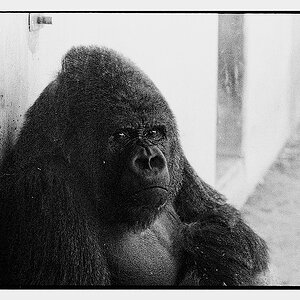Draken
TPF Noob!
- Joined
- Jul 16, 2008
- Messages
- 99
- Reaction score
- 0
- Location
- Auckland, New Zealand
- Website
- www.earthscape.110mb.com
- Can others edit my Photos
- Photos OK to edit
I wanna get an ND grad since i do alot of ladscape photography and i understand this will solve my blown out sky issue. But they come in 0.3, 0.6 and 0.9 so which one is for me? and how do i meter correctly in order to determine which one i use ? i a complete noob when it comes to Metering the scene so any help on how to do that would be awesome 
cheers,
Mike.
cheers,
Mike.




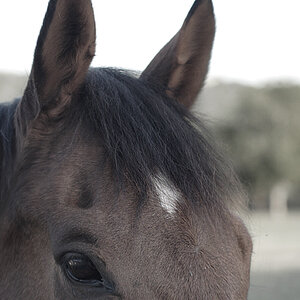
![[No title]](/data/xfmg/thumbnail/42/42456-a5a32b76e115de404d99d09173cd71f2.jpg?1619740191)
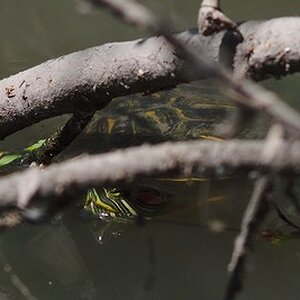
![[No title]](/data/xfmg/thumbnail/35/35264-5ade32b7036391926536661aeb7491c3.jpg?1619736969)
![[No title]](/data/xfmg/thumbnail/35/35262-02f8eba4a2a92dbae0b55547bba80b4f.jpg?1619736968)
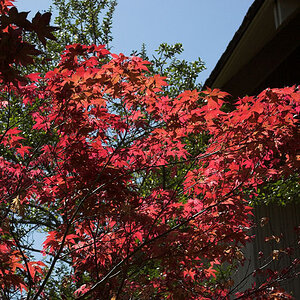
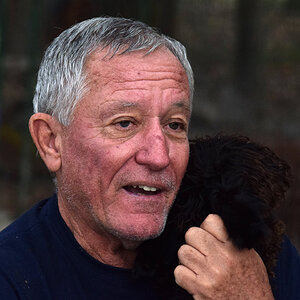

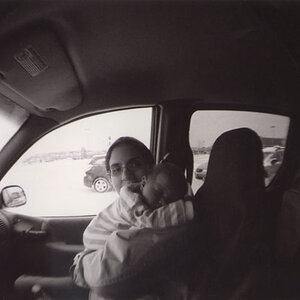
![[No title]](/data/xfmg/thumbnail/36/36300-760519cb9a8ebbfc57cc3d1fda5dd37c.jpg?1619737494)

